In the electricity market, managing peak demand is crucial for grid operators and market participants. Coincident peaks, also known as system-wide peaks, occur when the electricity demand reaches its highest level across a specific region or system. Understanding what coincident peaks are and receiving timely alerts regarding their occurrence is of utmost importance for electricity market participants. Here I delve into the concept of coincident peaks in the ERCOT (Electric Reliability Council of Texas) market and highlight the significance of receiving advance alerts. Additionally, I explore how machine learning models, incorporating various factors beyond just forecasted load demand, can effectively predict and notify market participants of probable peak days.
Understanding Coincident Peaks in ERCOT
Coincident peaks in ERCOT, which manages the electricity grid for most of Texas, represent the highest electricity demand hour of each month from June to September. They typically occur during extreme weather conditions or other factors that drive up consumer electricity usage. These coincident peaks play a vital role in maintaining grid reliability and ensuring sufficient power supply during high-demand periods.
Importance of Timely Alerts for Electricity Market Participants:
- Resource Planning: Timely alerts regarding probable peak days allow electricity market participants, including grid operators, power generators, electricity suppliers, and traders, to plan their resources accordingly. They can optimize generation capacity, ensure adequate fuel supply, and make informed decisions about deploying additional resources to meet the surge in demand. This proactive approach avoids potential disruptions and ensures grid stability.
- Cost Management: Coincident peaks often result in higher electricity prices due to increased demand and potentially strained supply. Being alerted well in advance allows market participants to optimize their energy procurement strategies, negotiate contracts, and mitigate the risk of procuring electricity at inflated prices during peak periods. Timely alerts enable better cost management and enhance overall market efficiency.
- Demand Response Programs: For consumers participating in demand response programs, advance knowledge of probable peak days enables them to adjust their electricity consumption patterns. By reducing energy usage during these high-demand periods, consumers can contribute to grid stability, lower their own electricity costs, and potentially earn incentives offered by utilities or grid operators.
Leveraging Machine Learning Models for Accurate Alerts
To enhance the effectiveness of alert systems, machine learning and artificial intelligence (AI) models can be employed. These models consider not only the forecasted electricity load demand on each day but also incorporate additional information to provide more accurate predictions. Here are some factors that improve the accuracy of peak day alerts:
- Forecasted load demand in the future: Incorporating the forecasted load demand for the next two weeks allows the model to identify potential trends and patterns that might lead to peak demand conditions. The model considers not only the forecasted load value but also incorporates the confidence in those forecasts and the likelihood of significant changes given the timeframe. This enables market participants to prepare in advance, ensuring adequate resources are available to meet increased electricity demand.
- Historical distribution of load demand: Analyzing the historical distribution of load demand helps the AI model understand the probability of coincident peaks occurring at different times of the month or under specific weather conditions. This information contributes to more accurate predictions and better alerts.
- Load demand so far in the month: Considering the load demand observed throughout the month allows the model to determine if the current forecasted load could indicate an upcoming peak day, surpassing the load observed that month.
By incorporating these factors and many others into machine learning models, market participants can benefit from improved accuracy in predicting probable peak days. This, in turn, facilitates better resource planning, cost management, and enables effective demand response programs.
Understanding Amperon’s Coincident Peak Alerts
To help clients make informed decisions, Amperon Alerts are sent twice daily at 3:00 AM and 11:00 AM when there is a high probability of a CP event occurring.
We assign a score between 0 and 100 to indicate the likelihood of a peak alert on any of those upcoming days. This score is not the probability of a peak day occurring, but rather a scale in which a score above 90 indicates it is sufficiently likely a specific day eventually becoming the peak day of the month. Market participants should take necessary steps to optimize their costs reduction accordingly.
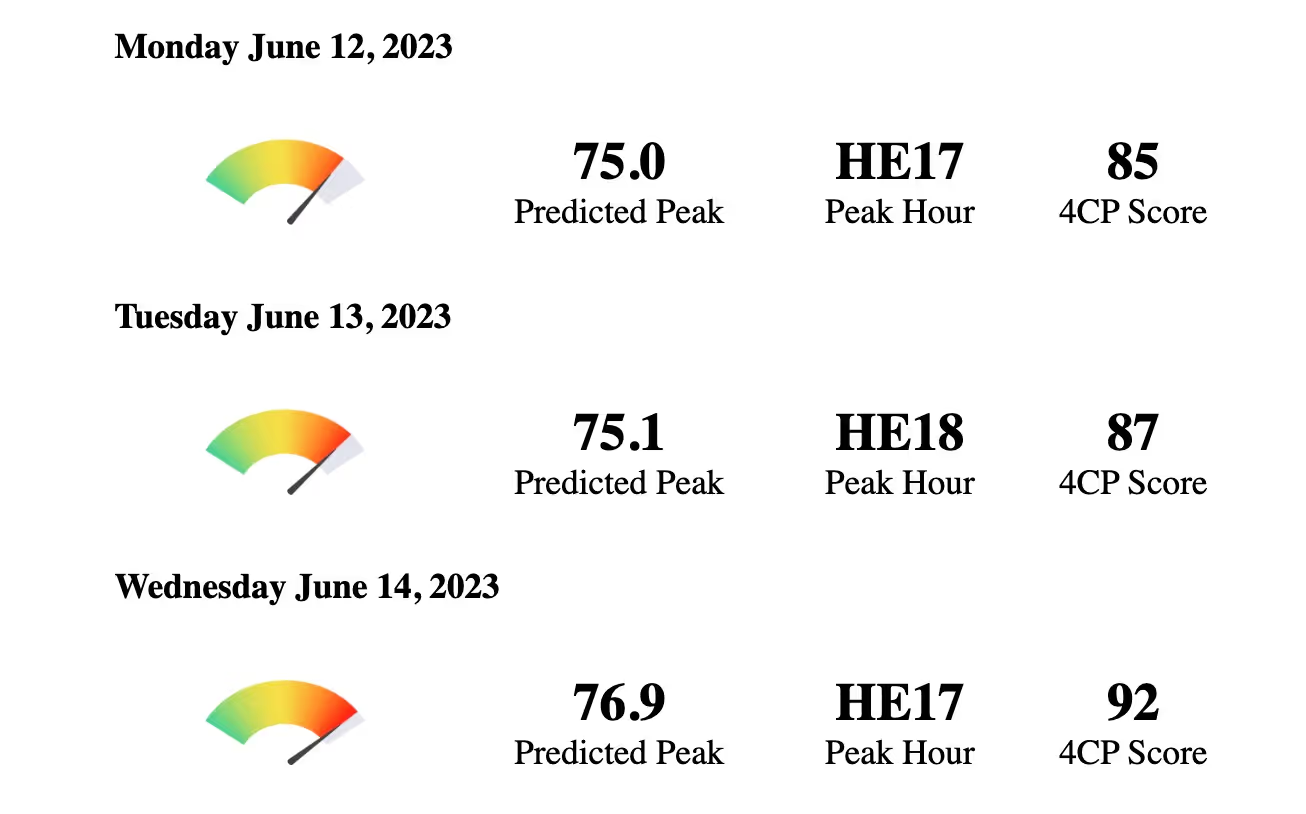
Conclusion
In conclusion, the timely detection and alerting of coincident peaks in ERCOT and other electricity markets are crucial for market participants. By leveraging machine learning models market participants can make informed decisions, optimize resource allocation, and mitigate risks associated with peak demand periods. These advanced analytics provided by Amperon form the foundation for a more efficient and reliable electricity market ecosystem.



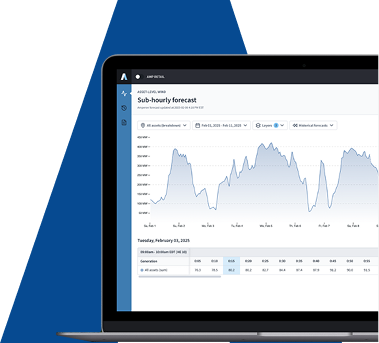
.svg)


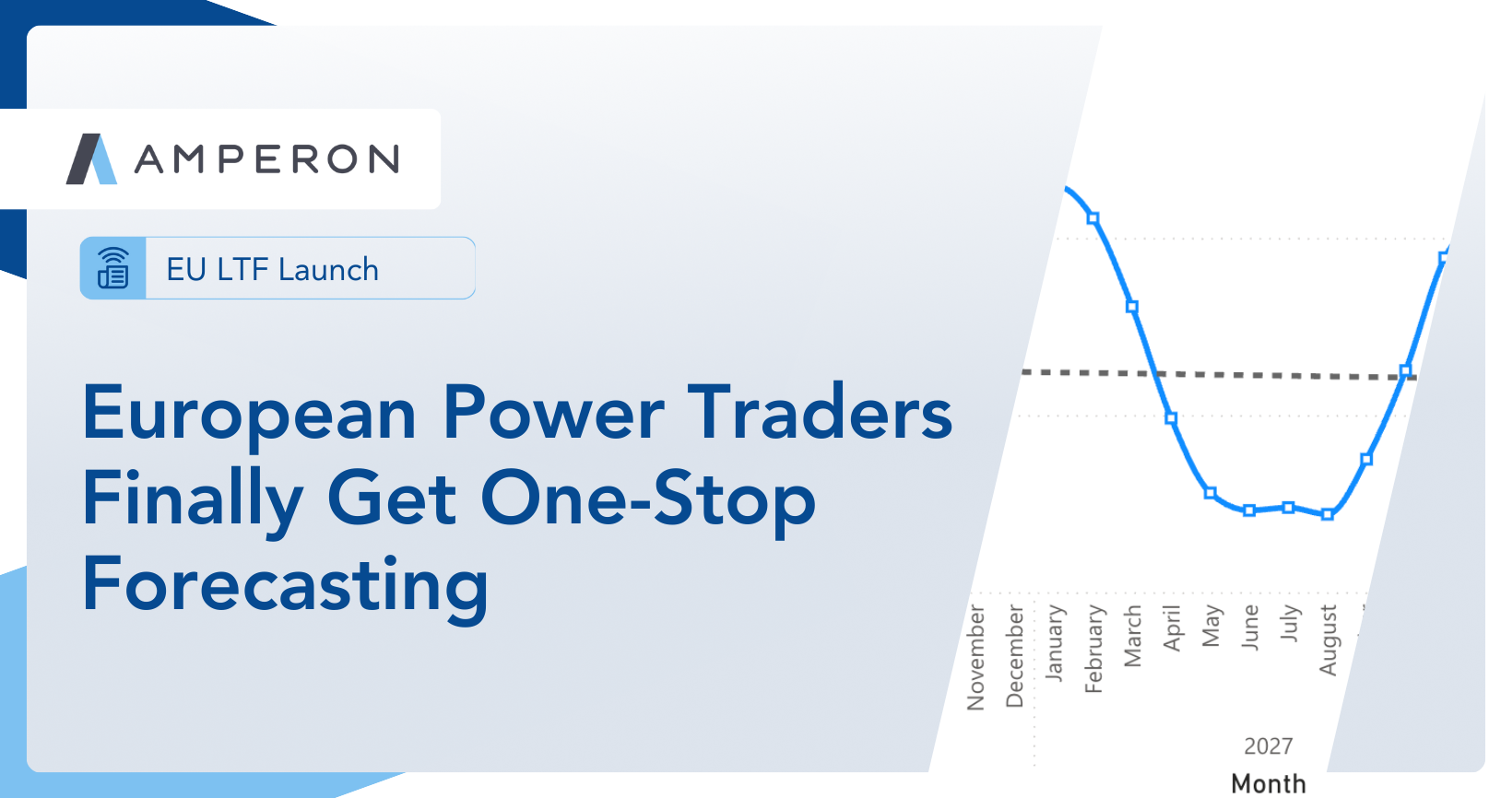


%20(3).png)
%20(2).png)
%20(1).png)






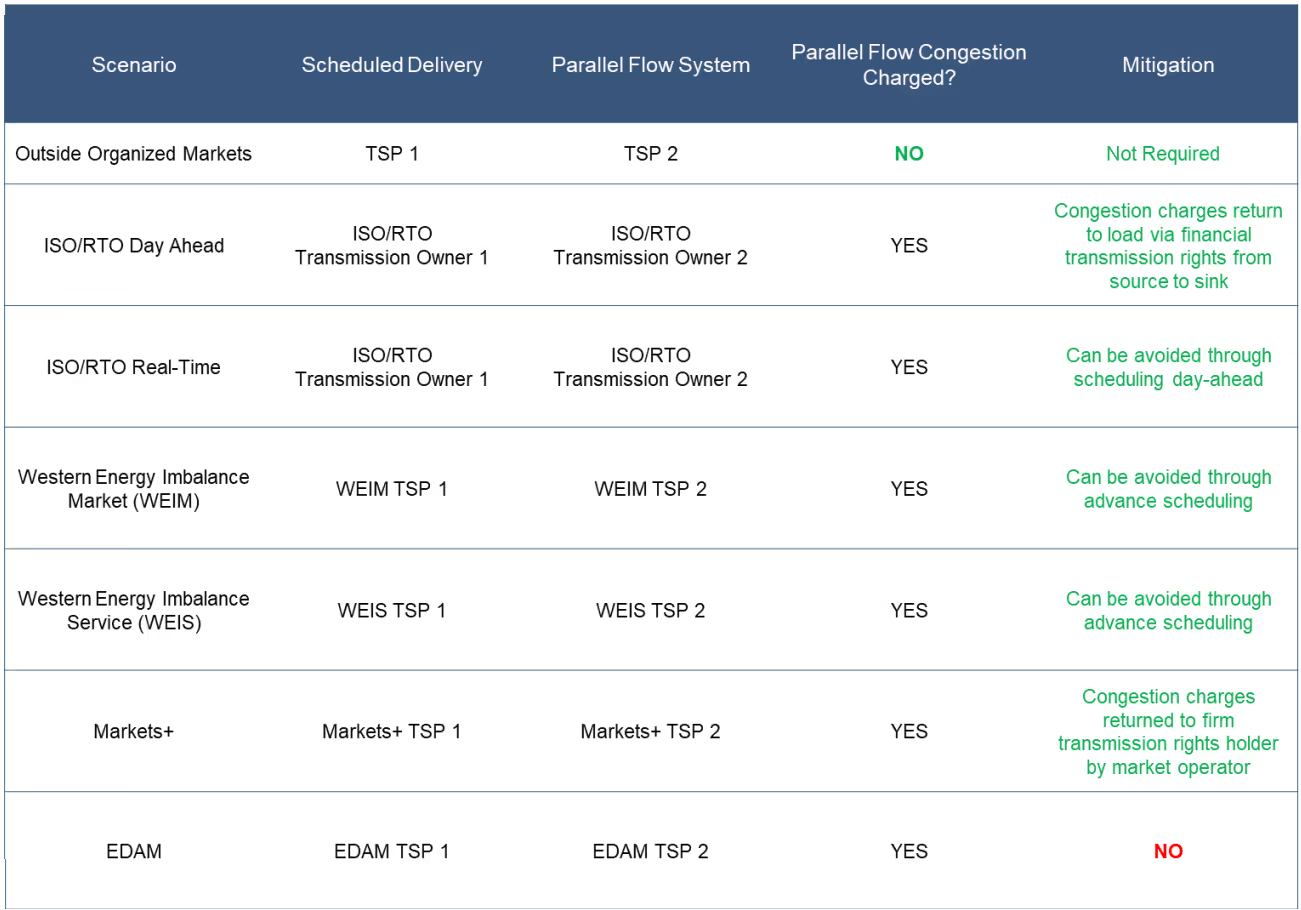
.png)

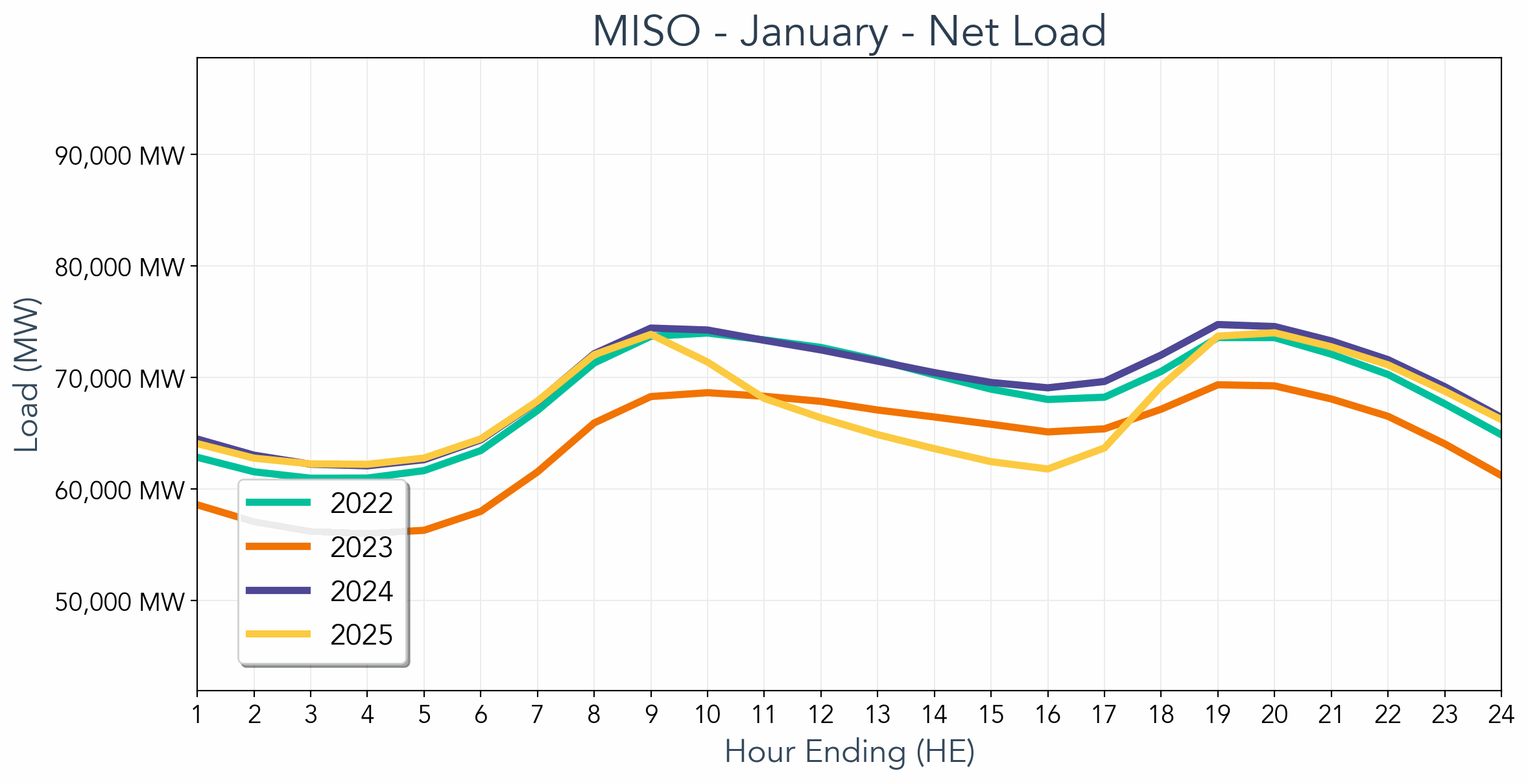

.avif)



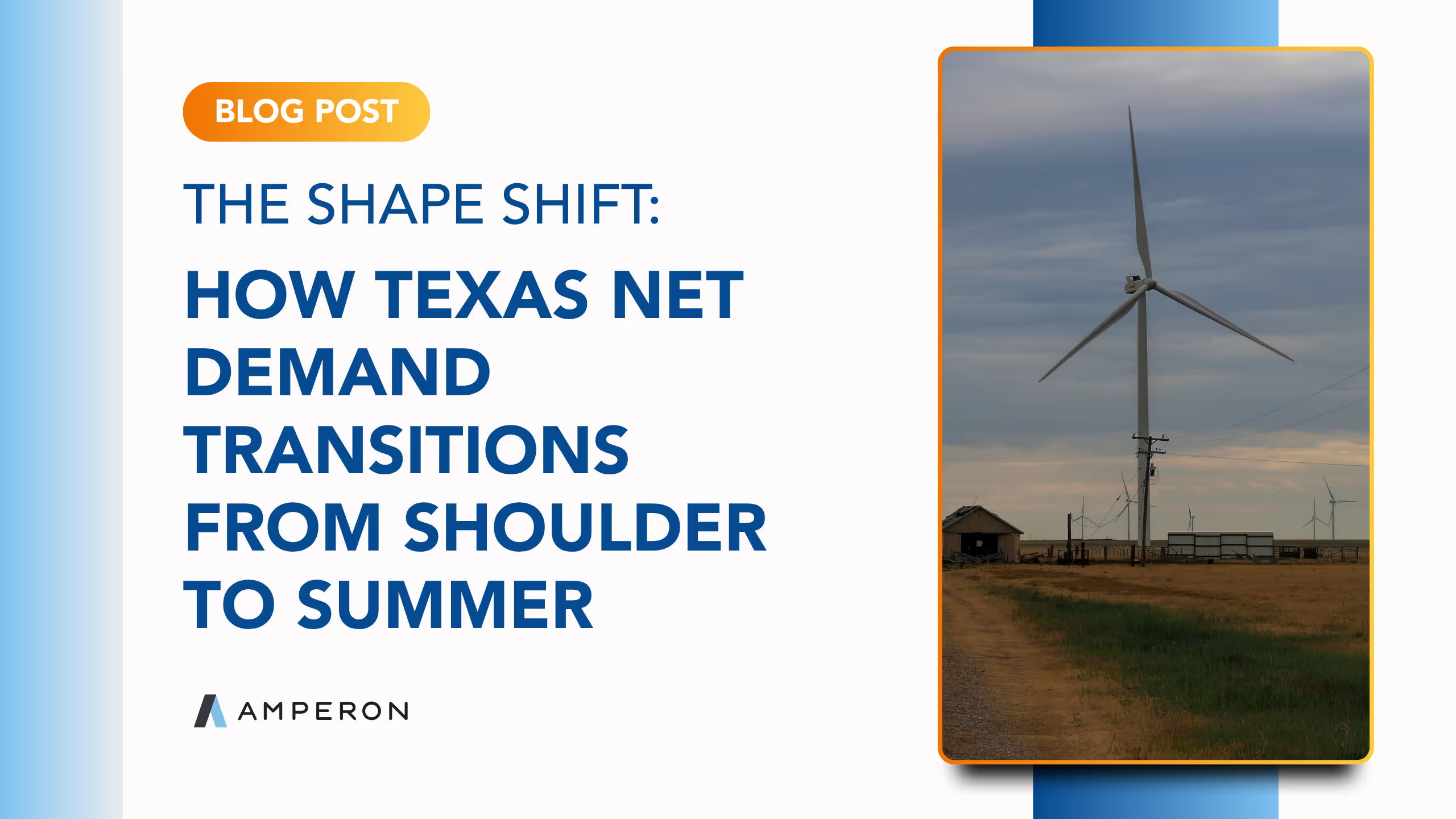
.avif)
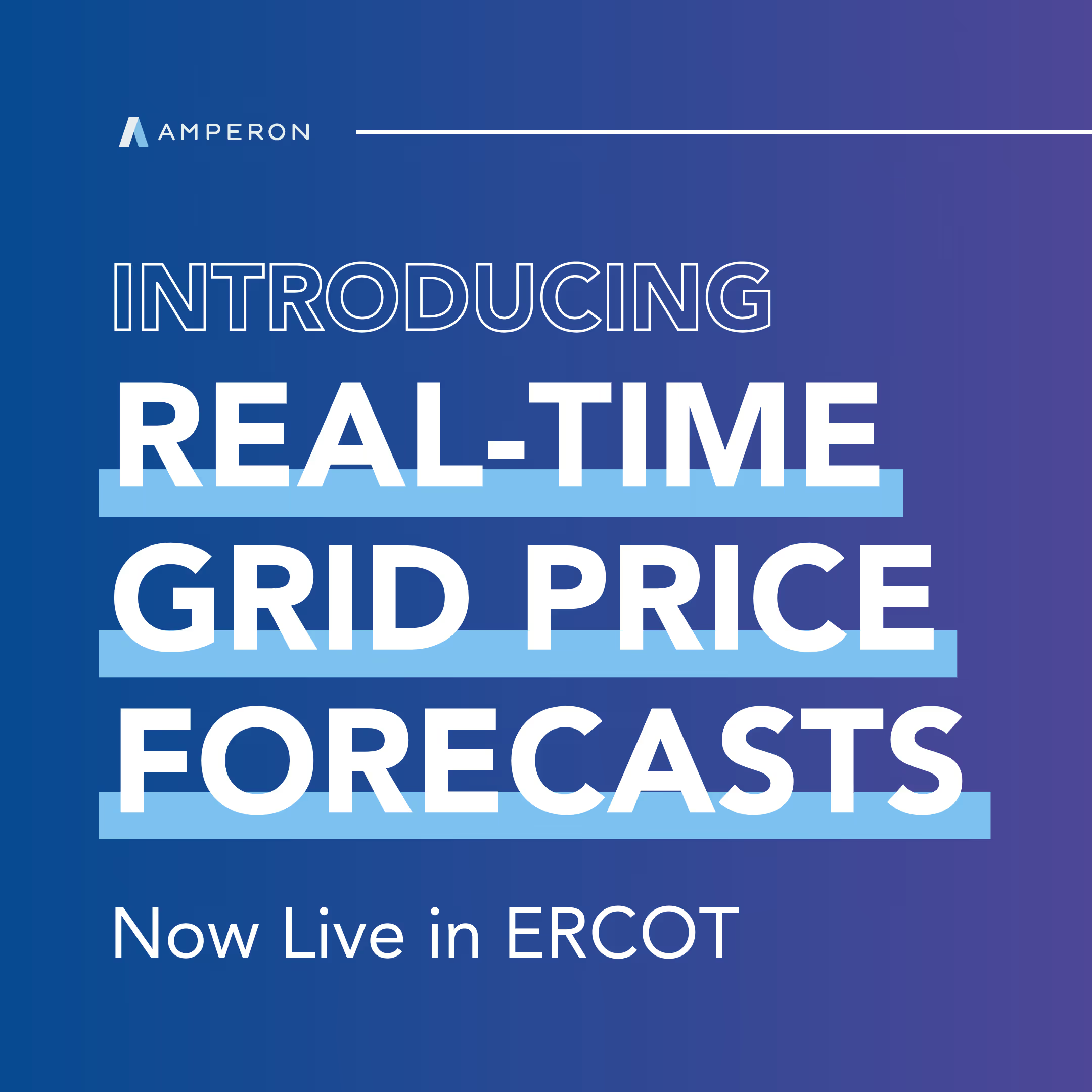
.avif)
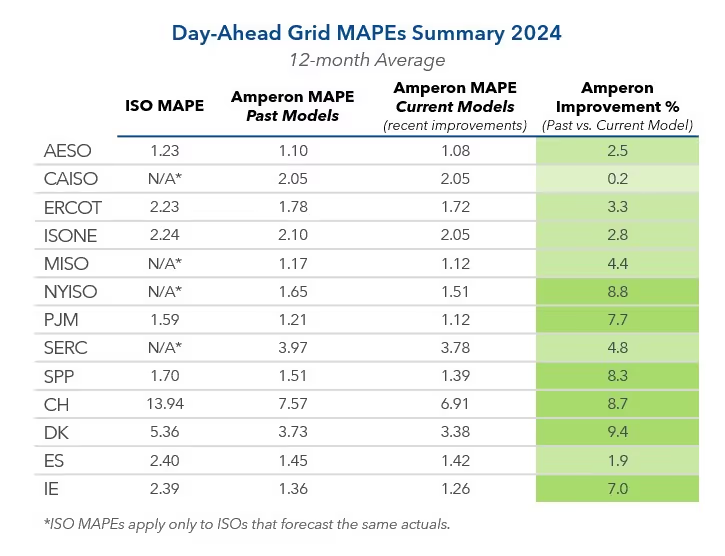

.avif)



.avif)
%20(15).avif)
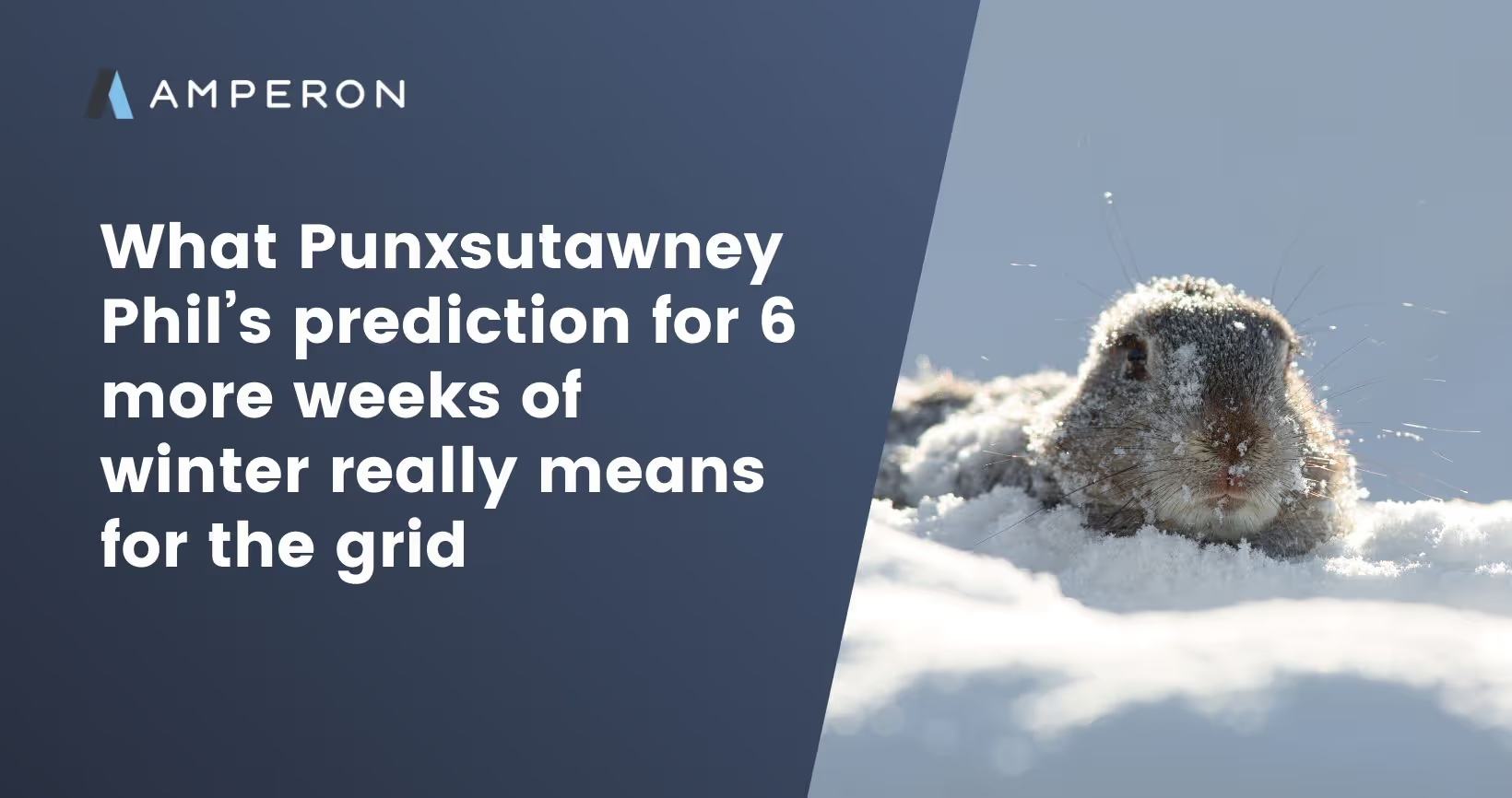
.avif)
%20(10).avif)

.avif)


.avif)

.avif)






.avif)



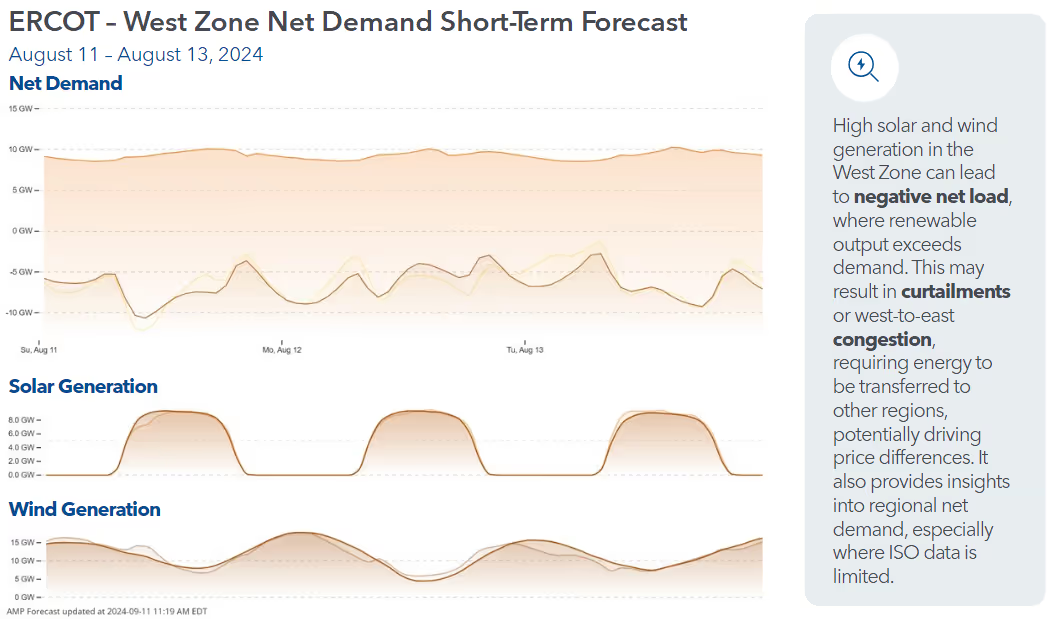





.avif)

.avif)





.avif)


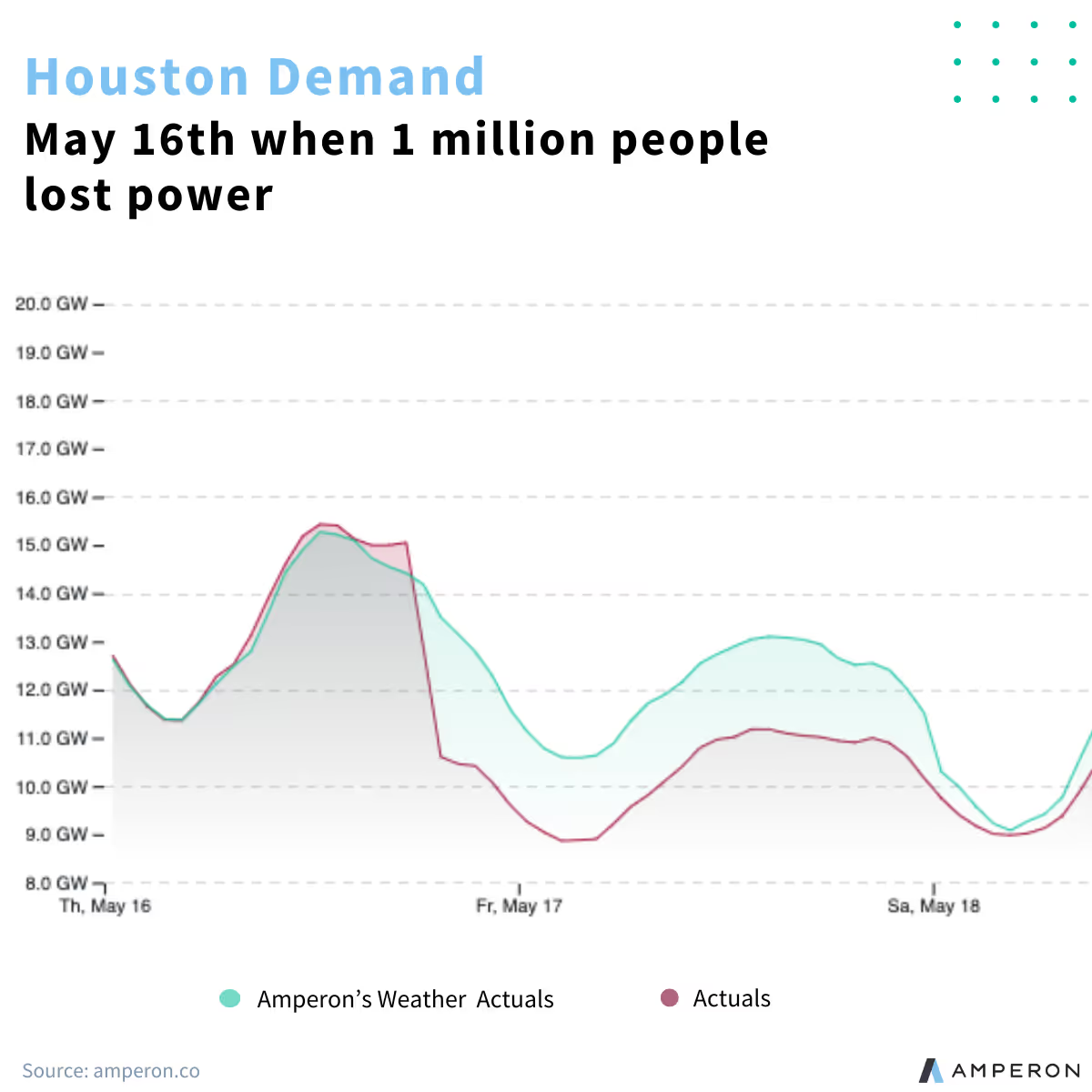


.avif)
.avif)



.avif)

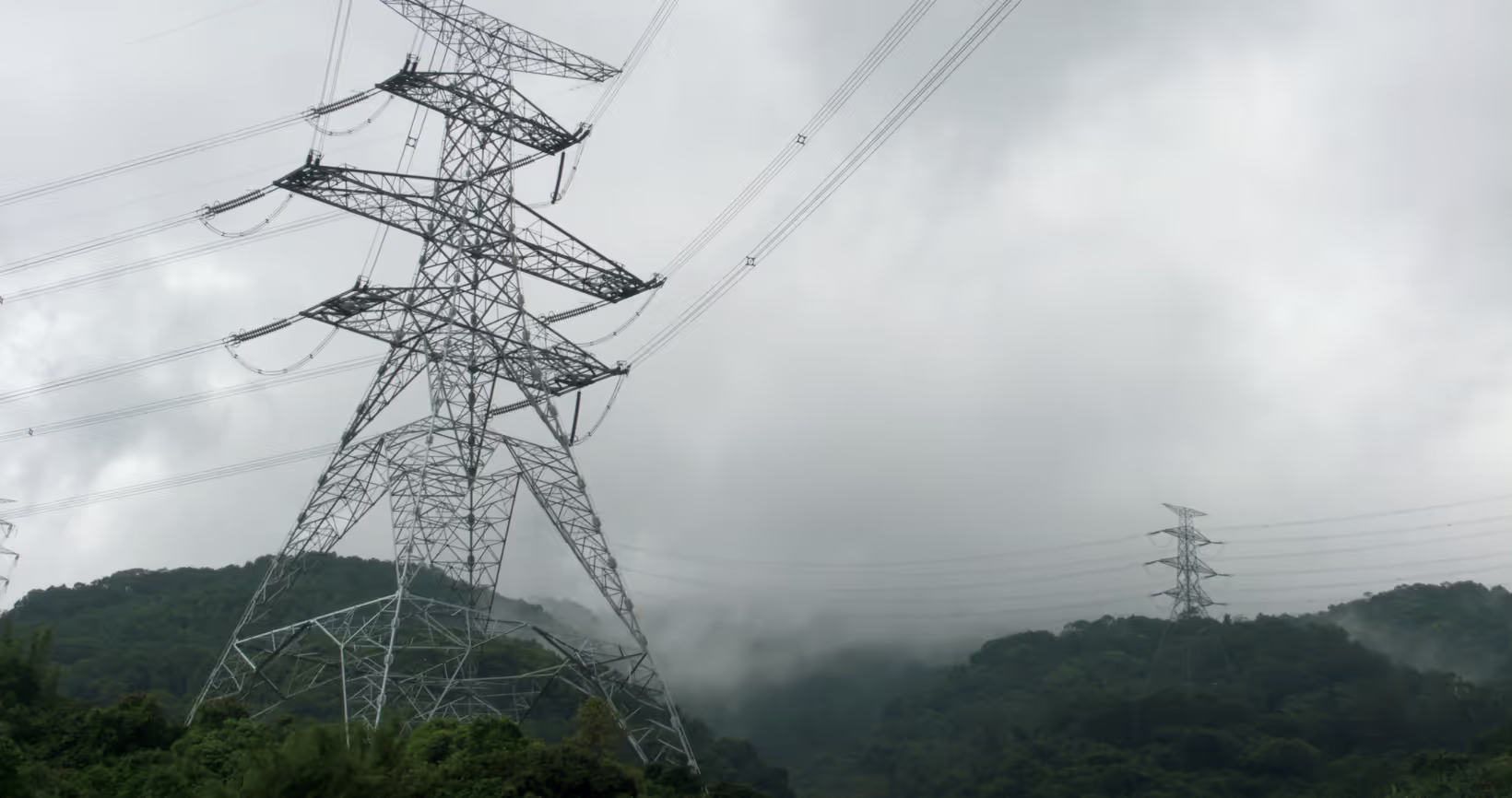


.avif)



.avif)



